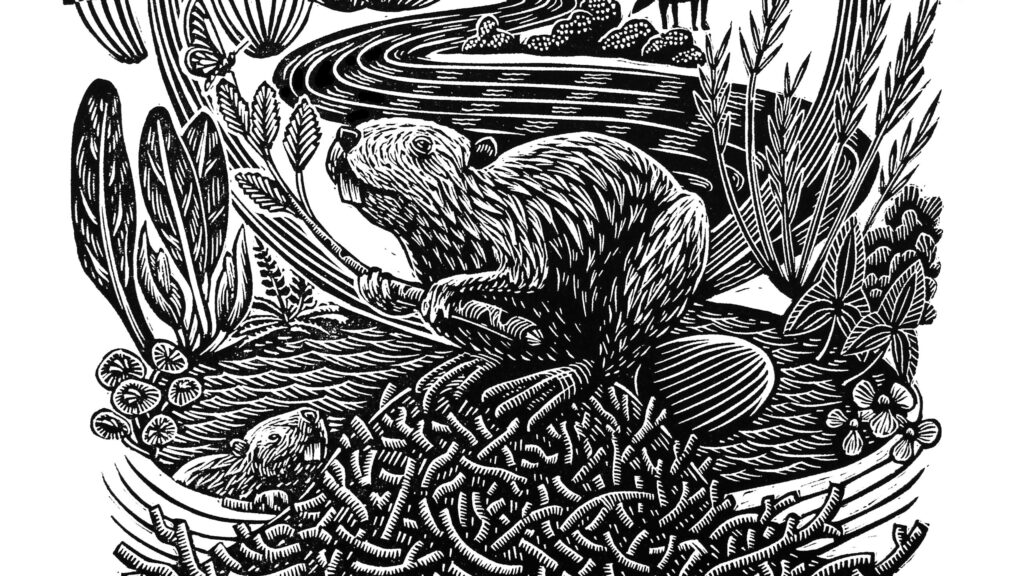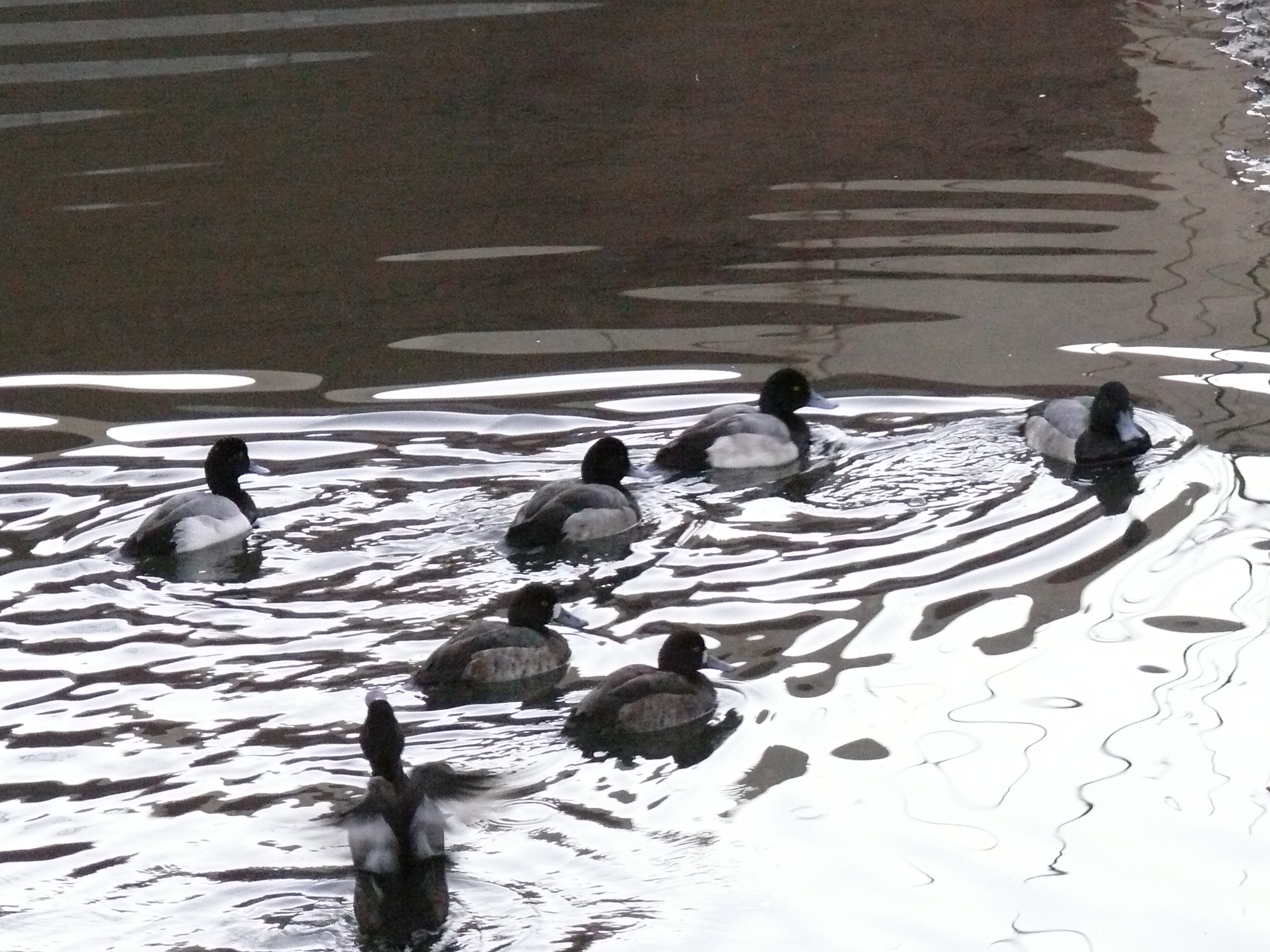This was a nice article to come across on the fourth of July, a Nature conservancy near Vancouver that is smart enough to watch beaver teach them everything they need to know.
Beavers restoring wetlands
On Salt Spring Island, humans and beavers are teaming up to rebuild a natural wetland habitat after decades of human damage

The Blackburn Lake Beaver project is an ongoing study that began nine years ago, on the role of the beaver in the Cusheon Creek Watershed on central Salt Spring Island. Photographer and naturalist Simon Henson was given a rare opportunity to study and document the beavers as their landscape continued to change around them. Henson started to collect data and take photographs. And over the years, he started to really get to know what the beavers were doing there.
I wonder why when ever people allow beavers to do what they’ve been doing for a millennium they call it a “study”. Are they honestly uncertain about how it’s going to come out? Like “beavers made more fish in Seattle and Utah but we don’t know if that’s going to work here’ It could to either way”. I mean when they treat a case of strep throat with antibiotics do they call it a “study’?
We pretty much know hoe it’s going to end. don’t we?
Charismatic beavers restoring wetlands
Often referred to as environmental engineers and wetland managers, beavers have an incredible ability to create new wetlands, restore native wetland, and improve habitat for a wide range of species.
In other areas where beavers have built ponds and access between creeks, researchers found the presence of fish has doubled and some old salmon creeks that were dried up have regenerated and now have salmon fry coming up. When Henson found freshwater mussels had a new colony, his excitement rose.
When beavers create fish habitat, and canals for fish to travel, they are inviting other species into ideal habitats.
“Freshwater mussels are one of the most imperiled groups of organisms threatened by habitat loss and fragmentation from dams, and pollution from sedimentation, chemicals, and fertilizers. In fact, 76% of all freshwater mussels are imperiled and 10% are already extinct,” Amy Singler writes on AmericanRivers.org.
Henson says, “they’re really struggling, so to have fresh water mussels in the ponds here at Blackburn was a real treat.” When mussels expel their young, the young sense a fish swimming by, and attach themselves to the gills, travelling in this way to establish new colonies. When beavers create fish habitat, and canals for fish to travel, they are inviting other species into ideal habitats.
In 2021, major flooding required the conservancy to move the bridge over the beaver dam. Henson explained that was a huge impact on their whole development because the beavers “were able to build taller and thicker. And that increased the height of their pond.” The canals that can be seen today happened as a result of that water level simply maintaining and seeping sideways over the rim of the pond into the neighboring area, which normally in summer would be totally dry. For the following two summers, those canals and streams that went out of the pond maintained a longer wetter season for the wetland plants to survive into the dry season. Vegetation is staying greener longer in the summer – “the groundwater is extensive and therefore the vegetation is wetter and doesn’t dry out and burn,” explains Henson.
It;s funny, I don’t think much of mussels and their young. But I do remember that way back before the flow device, when the water was backed up all the way to Starbucks we used to have a ton of fresh water mussels. I only remember because we had so many scaup that came in to eat them. I remember reading and article in Estuary magazine that said the number of Scaup were declining everywhere in the Bay Area. Except Martinez I thought.

And how is the “study’ going? You’re going to be shocked by the results I’m sure.
After years of research, Henson says, “I felt like I’d gone to the Blackburn Beaver Institute, you know, I was a student. They were the instructors. I’m a salesman for the beaver and I really wanted to portray the beaver as the good guys – not ones that you should trap and destroy and blow up their dams.”
“They’re not doing bad things, they’re doing good things if you can work with them. So my ongoing research is really to say, how can we work together?” Henson’s work is to ask how both human and beaver communities can cohabit and develop these wetlands together, and to build that awareness. “They’re here to stay – this is their territory they’ve always been here.”
Shocking.







































